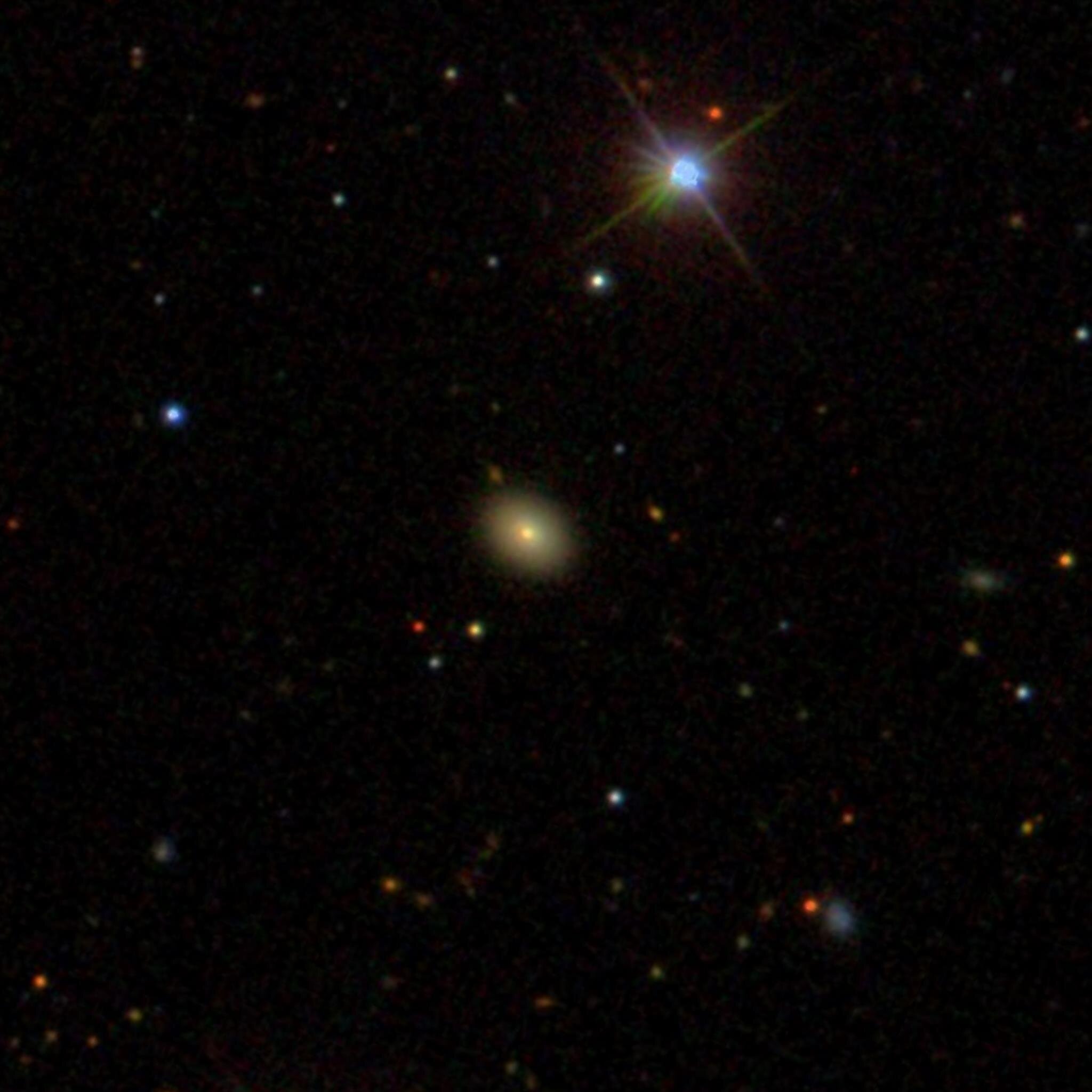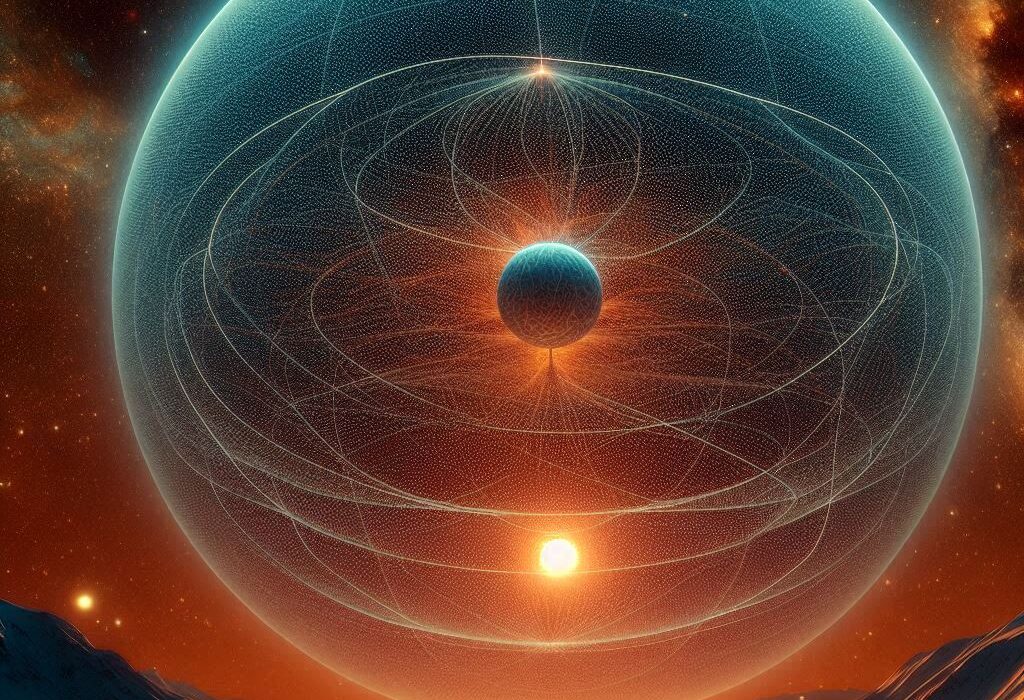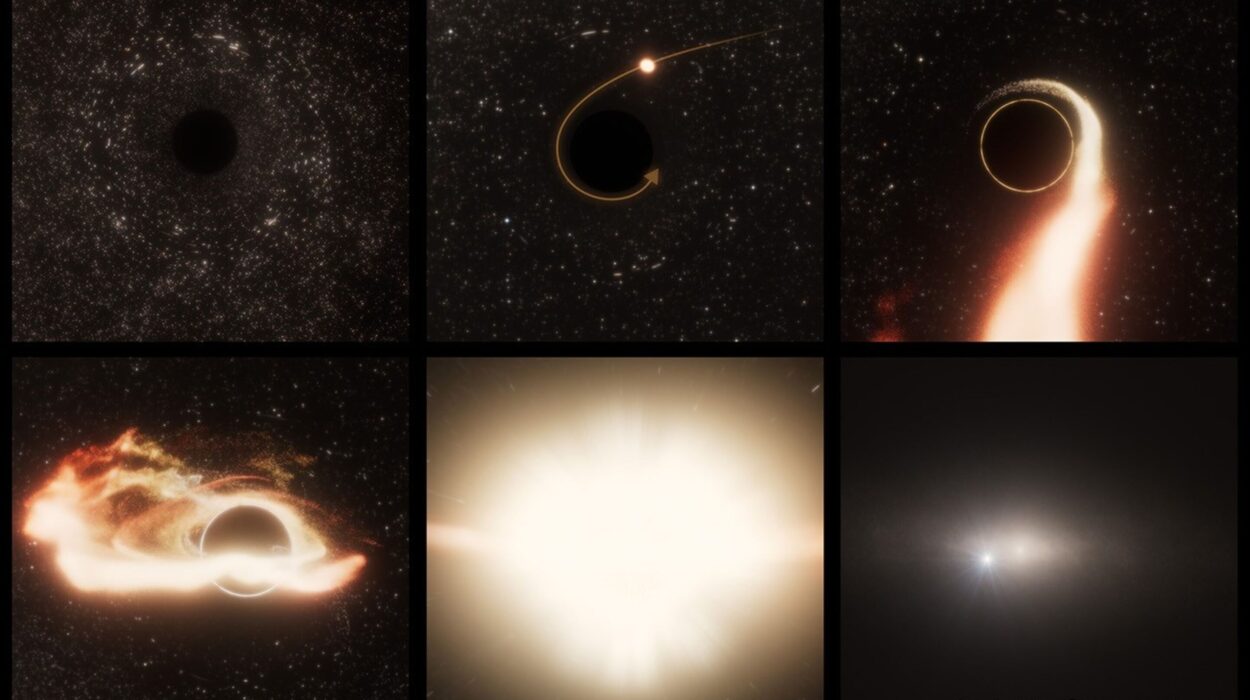In a milestone for high-energy astrophysics, astronomers have, for the first time, pierced the veil of a rare and mysterious cosmic phenomenon—repeating X-ray flares erupting from the turbulent environment surrounding supermassive black holes. Thanks to NASA’s NICER (Neutron star Interior Composition Explorer) and a network of other space telescopes, scientists are unraveling the secrets of these quasi-periodic eruptions, or QPEs, and the enigmatic system known as Ansky, the most extreme example yet discovered.
A Rare and Relentless Beacon in the Cosmos
Quasi-periodic eruptions are a recently discovered class of high-energy X-ray flares that erupt with striking regularity. Imagine a cosmic heartbeat—an immense flare of energy pulsing into space every few days, with each beat echoing the drama unfolding in the vicinity of a supermassive black hole.
Ansky, formally identified as ZTF19acnskyy, is only the eighth known QPE source—but it’s a game-changer. Located in a galaxy roughly 300 million light-years away in the Virgo constellation, this system blazes brighter and lasts longer than any previously seen. Its outbursts occur about every 4.5 days, and each flare persists for up to 1.5 days—a temporal record for these kinds of events.
“This is a fundamentally exotic behavior,” said Joheen Chakraborty, an MIT graduate student and lead author of a new paper published in The Astrophysical Journal. “We’re watching something massive happening over and over again near a black hole, and it’s giving us unprecedented insight into extreme gravity and high-energy physics.”
Ansky’s Curious Origins: A Tale of Cosmic Violence
The first hints of Ansky’s abnormal activity came from visible-light observations in 2019. But it was only through the multi-wavelength power of space-based X-ray telescopes—NASA’s NICER, Chandra, and Swift, and ESA’s XMM-Newton—that the true nature of the object was uncovered.
What causes QPEs? Scientists believe that a smaller object—perhaps a white dwarf, neutron star, or even a small black hole—is caught in a decaying orbit around a supermassive black hole. As it loops through the dense, swirling disk of gas feeding the black hole (known as the accretion disk), the object slams through the disk like a meteor piercing Earth’s atmosphere. Each passage releases a burst of searing hot gas, creating an X-ray eruption visible across the universe.
In Ansky’s case, these flares are colossal. Chakraborty’s team found that each flare involves about a Jupiter’s worth of material, exploding outward at nearly 15% the speed of light.
A Deeper Dance with Relativity
Ansky’s regularity is mesmerizing—but it’s not perfect. The eruptions are “quasi-periodic,” not strictly periodic, and that’s where Einstein’s general relativity comes into play. Near a supermassive black hole, space-time itself is warped. This distortion twists the orbit of the smaller companion so that it never follows the same path twice. As the smaller object spirals inward over time, the intervals between flares shift subtly.
“This is a beautiful example of relativistic orbital precession,” said Chakraborty. “We’re watching space-time being bent and twisted in real-time, thanks to these flashes.”
A Record-Breaking Disk of Destruction
What makes Ansky especially compelling is the likely size of its accretion disk. In many QPE systems, the disk is formed after a black hole tidally disrupts a passing star, creating a small, tightly bound disk. But Ansky bucks the trend.
“Ansky seems to have a much larger and more extended disk,” said Lorena Hernández-García, an astrophysicist affiliated with the Millennium Institute of Astrophysics in Chile and co-author of both major studies on Ansky. “This might allow the secondary object to orbit at greater distances, giving rise to the longer intervals and extended durations we’re observing.”
The implications are profound. This larger disk not only stretches the timescale of the QPEs but may also help scientists understand the diversity in behavior among different black hole systems.
Observing in the Face of Adversity
The NICER telescope, perched on the International Space Station, proved essential in detecting Ansky’s rhythms. From May to July 2024, it observed the system up to 16 times per day, allowing scientists to track each flare’s rise and fall with exceptional clarity.
Surprisingly, all of NICER’s contributions to the Ansky studies came after the telescope experienced a “light leak” in May 2023—a malfunction that let stray light into the instrument. Engineers patched the issue in early 2024, but NICER continued to deliver high-impact science despite the setback.
“This shows the resilience of NICER and the ingenuity of the mission team,” said Zaven Arzoumanian, NICER’s science lead at NASA’s Goddard Space Flight Center. “Even with limited functionality, NICER provided the data we needed to peel back layers of one of the universe’s most mysterious behaviors.”
Expanding Bubbles of Fire and Light
NICER’s real strength lies in its time-domain sensitivity—the ability to track how X-ray signals evolve over minutes, hours, and days. Chakraborty’s team used this capability to map the evolution of each eruption, measuring how the spherical bubble of hot debris expands and cools over time.
These expanding clouds offer clues to the physical conditions in the vicinity of the black hole: temperatures, densities, speeds, and perhaps even magnetic field structures. “Each flare is like a laboratory,” Chakraborty explained. “By measuring how these bubbles expand, we’re able to infer the properties of the system in astonishing detail.”
Looking Ahead: A New Era of Multimessenger Astronomy
QPEs like Ansky’s aren’t just curious anomalies—they are test beds for the next generation of astrophysics, including multimessenger astronomy. This approach combines electromagnetic observations (like light and X-rays) with other cosmic signals such as gravitational waves and neutrinos to paint a more complete picture of the universe.
ESA’s forthcoming LISA mission (Laser Interferometer Space Antenna), expected to launch in the mid-2030s, is designed to detect gravitational waves from systems like Ansky—where a compact object orbits and eventually merges with a supermassive black hole. These “extreme mass-ratio inspirals” are invisible to current gravitational wave detectors, but QPE systems offer a tantalizing preview.
“By studying QPEs in X-rays today, we’re helping prepare the models that will interpret gravitational wave signals tomorrow,” said Hernández-García. “It’s all connected. What we learn now from Ansky will ripple forward into the next decade of discovery.”
The Cosmic Clock Ticks On
No one knows how long Ansky will continue to flash its signals across the void. Some models suggest the eruptions may last just a few years—until the orbiting object is consumed, the disk dissipates, or the system settles into quietude.
That’s why astronomers are racing to observe every flare they can. “We’re going to keep watching Ansky for as long as it continues to erupt,” said Chakraborty. “We’re still at the beginning of understanding QPEs. It’s an exciting, dynamic, and humbling frontier.”
In the deep silence of space, Ansky pulses like a beacon. With every beat, it invites us closer to the edge of the known universe—and into the heart of the unknown.
Reference: Joheen Chakraborty et al, Rapidly Varying Ionization Features in a Quasi-periodic Eruption: A Homologous Expansion Model for the Spectroscopic Evolution, The Astrophysical Journal (2025). DOI: 10.3847/1538-4357/adb972






